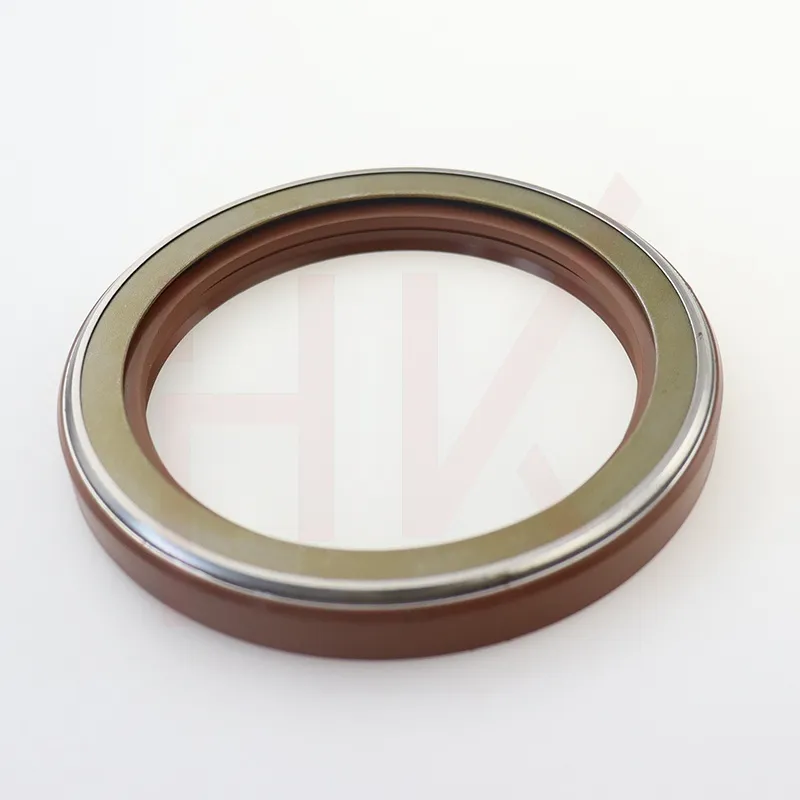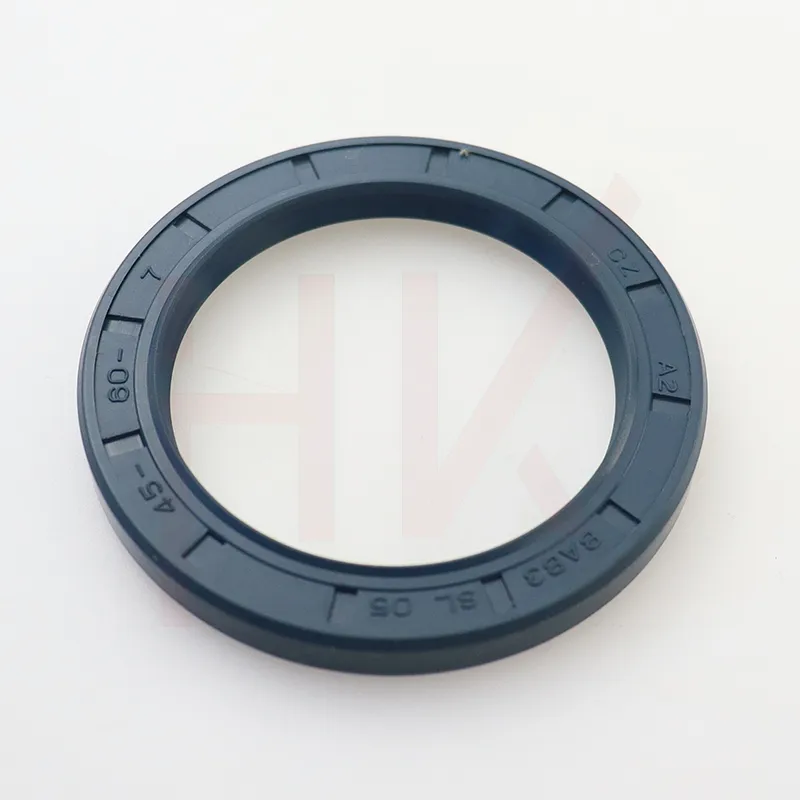កុម្ភៈ . 05, 2025 03:58 Back to list
dkb seal


Regular inspection and maintenance of dust seals can significantly enhance the lifespan of hydraulic systems. Regular checks for signs of wear, such as brittleness or cracking, can help prevent a malfunction. If a seal shows any signs of deterioration, it should be replaced immediately. Additionally, ensuring the hydraulic fluid is clean and free of contamination is essential. Using high-quality oils and regularly replacing filters can complement the effectiveness of dust seals, providing a robust defense against contamination. For industries operating in particularly harsh environments, investing in high-performance dust seals can have substantial benefits. Enhanced dust seals often have additional features like double lip designs or stronger materials specifically designed to withstand more aggressive conditions. Though these may incur higher upfront costs, the long-term savings on maintenance and increased machine uptime provide a favorable return on investment. An understanding of the failure modes of hydraulic cylinder dust seals is also crucial for professionals in the field. Common failure modes include hardening due to heat, as well as physical damage from debris knock-ons. Recognition of these issues can lead to better diagnosis and preventative measures, reducing the likelihood of unscheduled downtimes. In summary, hydraulic cylinder dust seals are a vital yet often overlooked component of hydraulic systems that contribute greatly to the reliability and efficiency of machinery. Ensuring their proper selection, installation, and maintenance is essential to keep systems running smoothly. By investing in quality seals and adhering to a rigorous maintenance routine, industries can significantly enhance system longevity and performance, thereby maintaining a competitive edge in their operations. Implementing these strategies, businesses can not only save on costs related to repairs and replacements but also optimize the productivity and safety of their operations.
-
TCN Oil Seal Metal Ring Reinforcement for Heavy Machinery
NewsJul.25,2025
-
Rotary Lip Seal Spring-Loaded Design for High-Speed Applications
NewsJul.25,2025
-
Hydraulic Cylinder Seals Polyurethane Material for High-Impact Jobs
NewsJul.25,2025
-
High Pressure Oil Seal Polyurethane Coating Wear Resistance
NewsJul.25,2025
-
Dust Proof Seal Double Lip Design for Construction Equipment
NewsJul.25,2025
-
Hub Seal Polyurethane Wear Resistance in Agricultural Vehicles
NewsJul.25,2025
-
The Trans-formative Journey of Wheel Hub Oil Seals
NewsJun.06,2025
Products categories
















